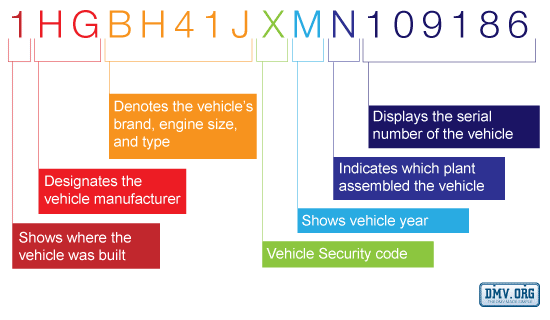
The first three characters uniquely identify the manufacturer of the vehicle using the world manufacturer identifier or WMI code. VIN in a GM-T-Platform body next to a passenger seat World manufacturer identifier Indication that provides " clear identification of a particular vehicle" Indication of " the general characteristics of the vehicle"

The VIN comprises the following sections:
#Decoding toyota vin iso#
Compatible but different implementations of these ISO standards have been adopted by the European Union and the United States. Modern VINs are based on two related standards, originally issued by the International Organization for Standardization (ISO) in 19: ISO 3779 and ISO 3780, respectively.

It required all on-road vehicles sold to contain a 17-character VIN, which does not include the letters O (o), I (i), and Q (q) (to avoid confusion with numerals 0, 1, and 9).Īfter the introduction of the ISO norm, the manufacturers which produced vehicles for the American market very quickly adjusted to this standard. In 1981, the National Highway Traffic Safety Administration of the United States standardized the format. From 1954 to 1981, there was no accepted standard for these numbers, so different manufacturers used different formats.

VINs were first used in 1954 in the United States. There are vehicle history services in several countries that help potential car owners use VINs to find vehicles that are defective or have been written off.
#Decoding toyota vin serial#
VIN recorded on a Chinese vehicle licenseĪ vehicle identification number (VIN) (also called a chassis number or frame number) is a unique code, including a serial number, used by the automotive industry to identify individual motor vehicles, towed vehicles, motorcycles, scooters and mopeds, as defined by the International Organization for Standardization in ISO 3779 (content and structure) and ISO 4030 (location and attachment).


 0 kommentar(er)
0 kommentar(er)
